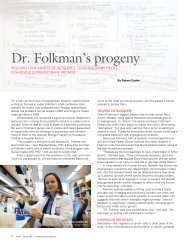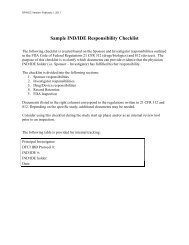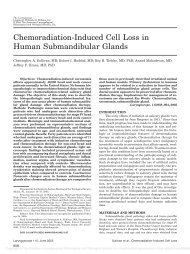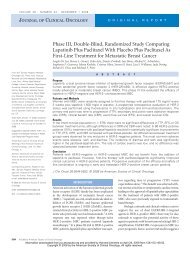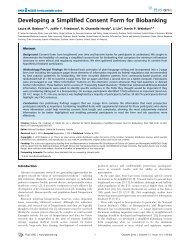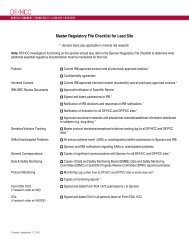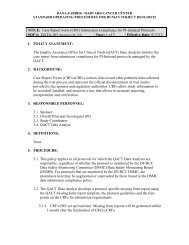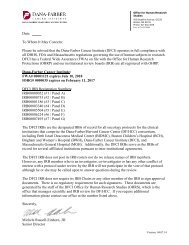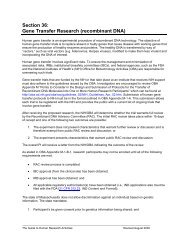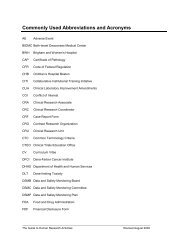Scientific Presentations Summer 2009 - Dana-Farber/Harvard ...
Scientific Presentations Summer 2009 - Dana-Farber/Harvard ...
Scientific Presentations Summer 2009 - Dana-Farber/Harvard ...
Create successful ePaper yourself
Turn your PDF publications into a flip-book with our unique Google optimized e-Paper software.
High-throughput Methods for Human Interactome Network Mapping<br />
Nancy Rivera<br />
Mentors: David E. Hill, PhD and Marc Vidal, PhD<br />
<strong>Scientific</strong> Advisors: Matija Dreze and Pascal Braun, PhD<br />
<strong>Dana</strong>-<strong>Farber</strong> Cancer Institute<br />
Protein-protein interactions (PPI) are of central importance to the functioning of<br />
cells. Thus, studying PPI is essential to improve our understanding of basic biology,<br />
organism development and diseases. Advancements in technology have allowed researchers<br />
to progress from studying one unique PPI at a time to global investigations<br />
of hundreds to thousands of PPI at a time. These advancements will eventually lead<br />
to a better understanding of disease processes and more rapid development of therapeutics,<br />
particularly for cancer. In order to evaluate the quality of PPI datasets, we<br />
are developing a high throughput validation system based on testing each interaction<br />
pair using multiple, distinct assays having empirically determined assay sensitivities<br />
and specifities. To calibrate each of the assays with respect to their inherent false<br />
negative and false positive rates, two reference sets of interaction pairs have been<br />
assembled. The positive reference set (PRS) is comprised of 100 well-documented<br />
pairs of interacting human proteins while a random reference set (RRS) contains 100<br />
pairs in which each partner is randomly chosen from a collection of ~15,000 individual<br />
proteins. The two reference sets are then tested in all assays to establish assay<br />
parameters. Any given interaction pair from a PPI dataset is then tested in each of<br />
the distinct assays and the results are combined to derive a “confidence score” for each<br />
interaction pair. Affinity purification assay using Glutathione S-transferase (GST)<br />
pulldowns followed by western blotting has been traditionally used for confirming<br />
PPI but overall assay sensitivity and specificity has not been established. We now are<br />
defining the assay parameters for GST pull-downs by first applying it to the PRS/<br />
RRS sets. GST pull-down results for the PRS/RRS compare favorably to those seen<br />
for other assays, albeit with some interesting differences that will be discussed.



